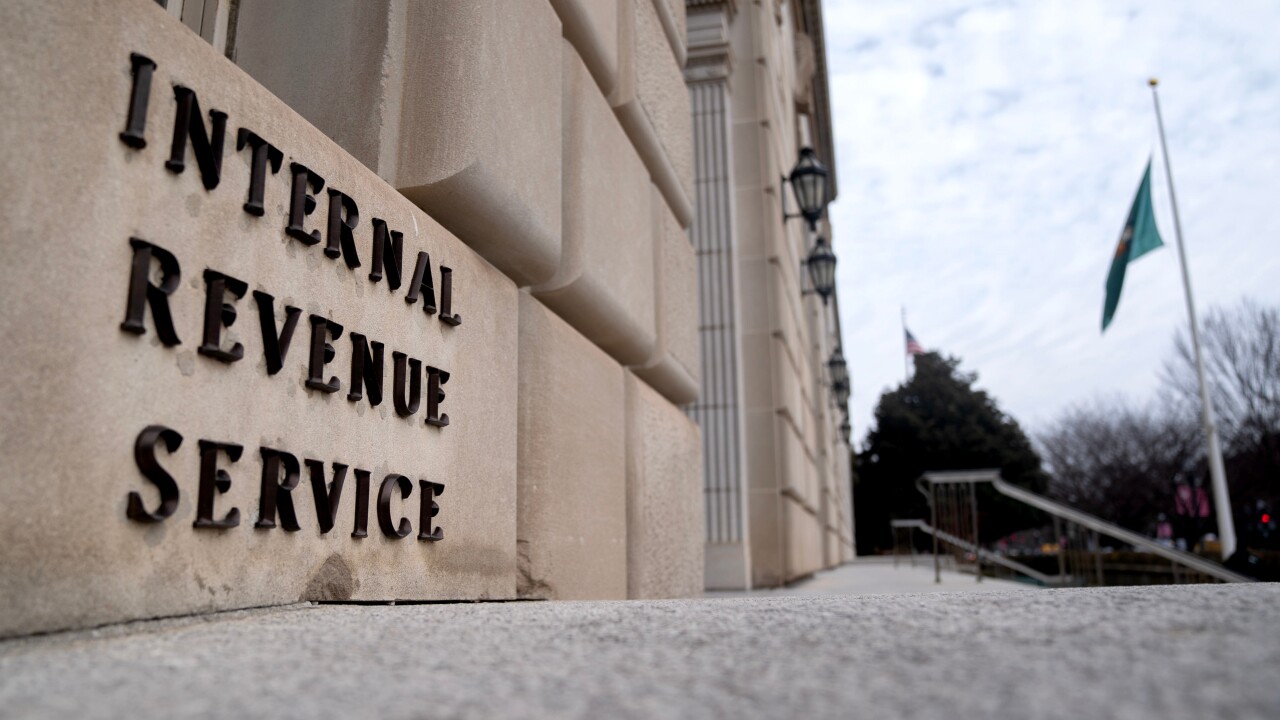The IRS has issued
For tax years beginning in 2019 and 2020, these simplified rules would apply for taxpayers having inflation-adjusted average annual gross receipts of $26 million or less (a.k.a. the gross receipts test). Taxpayers classified as tax shelters cannot use the rules even if they meet the test.
Before the tax reform in 2017, certain taxpayers could determine whether they were eligible to figure taxable income under the cash method of accounting by meeting a different gross receipts test: If the taxpayer’s average annual gross receipts for all prior taxable years did not exceed $5 million.
Accounting methods. After the TCJA, a taxpayer meets the gross receipts test and can use the cash method if average annual gross receipts for the three-taxable-year period ending immediately before the current taxable year are $25 million (adjusted for inflation) or less.
The TCJA also exempted taxpayers meeting the gross receipts test from the uniform capitalization rules and added an exception to the requirement to use an inventory method if their inventory is treated as non-incidental materials and supplies, or in accordance with the applicable financial statement. If they do not have an AFS, taxpayers can use their books and records. The proposed regs implement these statutory changes and clarify definitions.
Exemption calculations. The proposed regulations also provide guidance for small businesses with long-term construction contracts and the requirements for exemption from the percentage-of-completion method and the uniform capitalization rules. For taxpayers with income from long-term contracts reported under the percentage-of-completion method, guidance is provided for applying the look-back method after repeal of the corporate Alternative Minimum Tax and enactment of the Base Erosion and Anti-abuse Tax (BEAT).
The regs await filing for public inspection and publication in the Federal Register.





